When it comes to safety, most organizations strive to be proactive rather than reactive. School districts and their students are no different. Many institutions have implemented tornado, bomb threat, and within the last decade, active shooter drills. However, the idea might be good in theory, but does it work well in practice?
Active Shooter Drills for Students? Are These Too Much?
With any tragedy, the average American loves to think that it could never happen to them, despite the hundreds of shootings that have happened all over the country, and the fact that they aren’t slowing down anytime soon. We know this–the entire world knows this.
Then why are the same media sources and journalists stirring up controversy concerning the impact the active shooter drills are having on students? These stories and reports surround the idea that perhaps these drills are doing more harm than good. Unfortunately, you can’t have it both ways, so what can we do about it, if anything?
School Shootings in America
Yes, they happen, and we can all agree that they should be stopped at all costs. But are we really willing to pay any price? Where do we draw the line between agreeing that school shootings need to stop and disagreeing on how it should be done? Do we stop at preparing kids and teachers or training law enforcement? What about making sure someone is present in every school? Even more controversial, could the solution be removing all firearms from law-abiding citizens in hopes that criminals stop such heinous practices?
The only commonality we can seem to agree on is that preparation is key.
Active Shooter Drills in Schools
First and foremost, parents need to determine if their children’s schools practice active shooter drills. You want to ask questions, make sure your child takes them seriously, and also decide for yourself what kind of impact the training has on your child. Don’t be afraid to reach out to the school’s administration team–they should be able to provide you with more of the “how” and “why” answers. We typically see two methods of training: lockdown, Run Hide Fight (RHF), and ALICE.
Lockdown
A lockdown is exactly like it sounds–teachers and instructors are trained to immediately take accountability of their students, then lock all doors and windows. If the entry points can’t be locked, barricade them with furniture. The lights will be turned off, students will be instructed to stay quiet, and cell phones will be silenced. There should be no noise or light coming from the classroom, and the students should remain sheltered in a place away from the doors and windows until there’s an “all clear” given by authorities.
Lockdowns have to walk a fine line in order to be effective. If taught and practiced properly, students will avoid having anxiety about being at school, and it will also give them confidence in their teachers. However, if younger students aren’t given the proper tools, it can lead to heightened anxiety during the normal school day routine. Lockdowns also help first responders react only to the threat and don’t have to focus on chaos and/or students and faculty making themselves easy targets while trying to evacuate.
Lockdowns can also be seen as trapping a student in a room, rather than getting them a safe distance away from the threat. Many concerned voices bring up that teachers should be trained and armed if a school has to undergo a lockdown procedure rather than evacuate.
A.L.I.C.E.
ALICE stands for Alert, Lockdown, Inform, Counter, and Evacuate. ALICE provides a more complex and detailed version of the classic lockdown procedure.
Alert is that initial moment where your body realizes it’s in danger and needs to decide how to respond. The faster you process imminent danger, the more seconds you can spare getting yourself and others to safety.
Lockdown the room you’re in if there is no secure evacuation route. Take the time to barricade the doors and windows, and prepare a strategy for the steps to come next.
Inform others locked down in the same building or the authorities with as close to real-time information as possible. The faster you can move, and safely, the better.
Countering is your last line of defense. “Counter focuses on actions that create noise, movement, distance and distraction with the intent of reducing the shooter’s ability to shoot accurately. Creating a dynamic environment decreases the shooter’s chance of hitting a target and can provide the precious seconds needed in order to evacuate” (https://www.alicetraining.com).
And finally, if it is safe to do so, evacuate.
ALICE is more of a middle ground between a standard lockdown and the RHF option. It provides options that will give students and faculty the flexibility to maneuver. The lockdown and RHF are fairly cut and dry trainings, when there are no cookie-cutter real-life active shooters.
Run, Hide, and Fight
We all know and understand the classic “run, hide, and fight” motto that we are taught in the workplace. If you can run away and get out of the building, do so. If you can’t, find a good hiding place. And if the shooter finds you, you have no other choice but to fight to stay alive.
However, the controversy with this strategy is that it’s built for adults. Many have voiced concerns over how shocking it can be for adolescents and children to comprehend needing to defend themselves quite literally to the death. If they grew up in a home where violence and self-defense aren’t discussed, this could be the ingredients for trauma, or worse, a student freezing with a gun pointing in their direction.
Real Life is Traumatizing; Training is Preparing
Back to our initial question: does active shooter training do more harm than good? Our answer: it depends.
Again, the main argument for training students and teachers in active shooter drills, whether they are using Lockdown or multiple option approaches like ALICE and RHF, is that if it’s a traumatizing experience. Are the student’s mental stability harmed by practicing how to react to the fear, anxiety, and total chaos that is and could be a true active shooter situation?
What’s Our Idea on the Best Approach?
Avoid teaching ALICE or RHF to children under eleven years old, and only have the twelve-year-olds and up run through these options. We are not and would never suggest that a kindergartner should engage with the attacker in any shape, form, or fashion. We believe we can all agree on that.
We are suggesting that if older, more mature students, can truly understand the feelings during an active shooting scenario, they could learn a lot about how our self-preservation kicks in and that it works differently for every person. Teaching them to recognize potential danger, share suspicious information, and how to react could be much more beneficial than telling them to hide in a locked classroom. This way they have the confidence needed to take care of themselves and younger students (if needed).
We would also like to point out that trying to shelter your older students would be futile. However “traumatizing” the training may seem, they can find something much worse with a simple Google search. Whatever feelings that the training may cause should be brought up in open discussions with peers, faculty, and at home.
Finally, even though these training practices are happening in schools, they need to be talked about at home. Your child needs to be exposed to how harsh and evil this world can be. Making these topics not taboo will go far in your child’s mental and emotional understanding. They need to know they are stronger than evil — mentally, emotionally. Their community is stronger than evil. Support your teachers in their efforts to prepare their school. And finally, support your children and other students where you can with emergency situation conversations and plans in the case of these tragic events. The best defense for any traumatic event is having the tools on hand in the event that they ever happen.


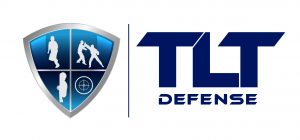
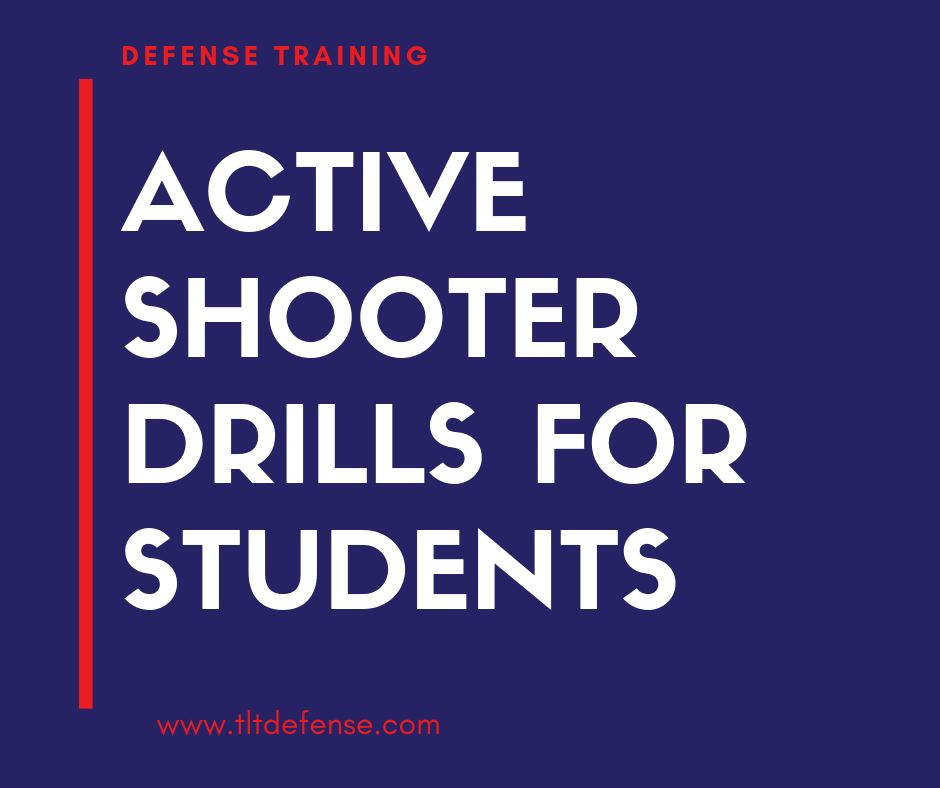
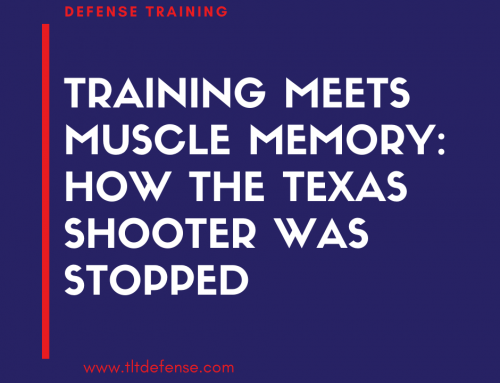
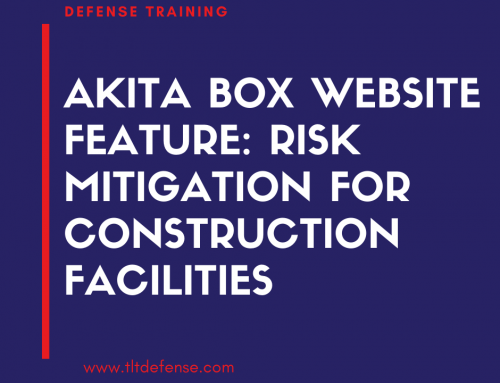
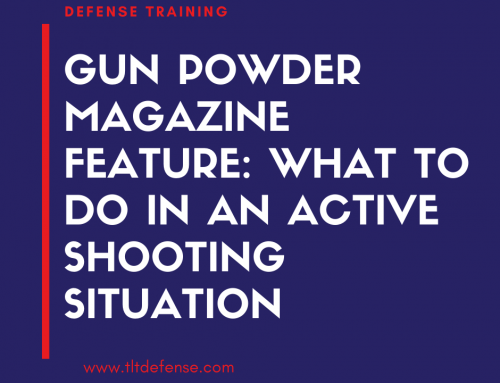
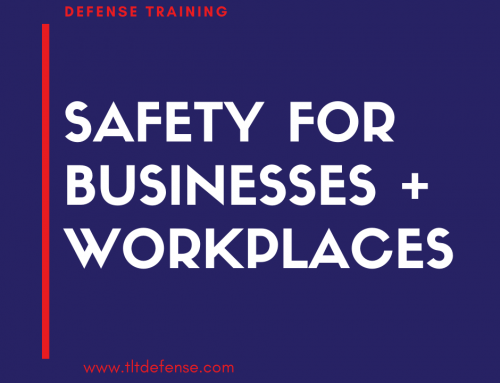
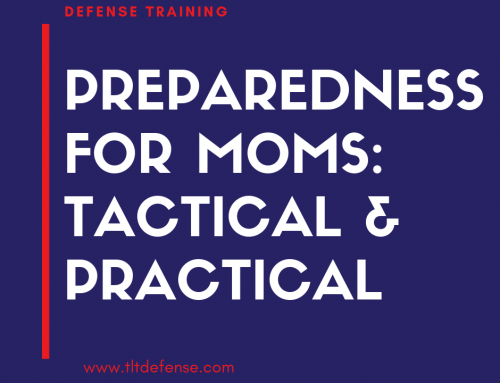
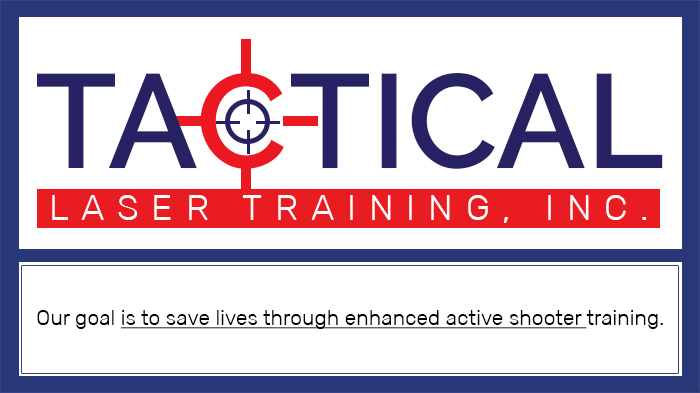
Social Contact